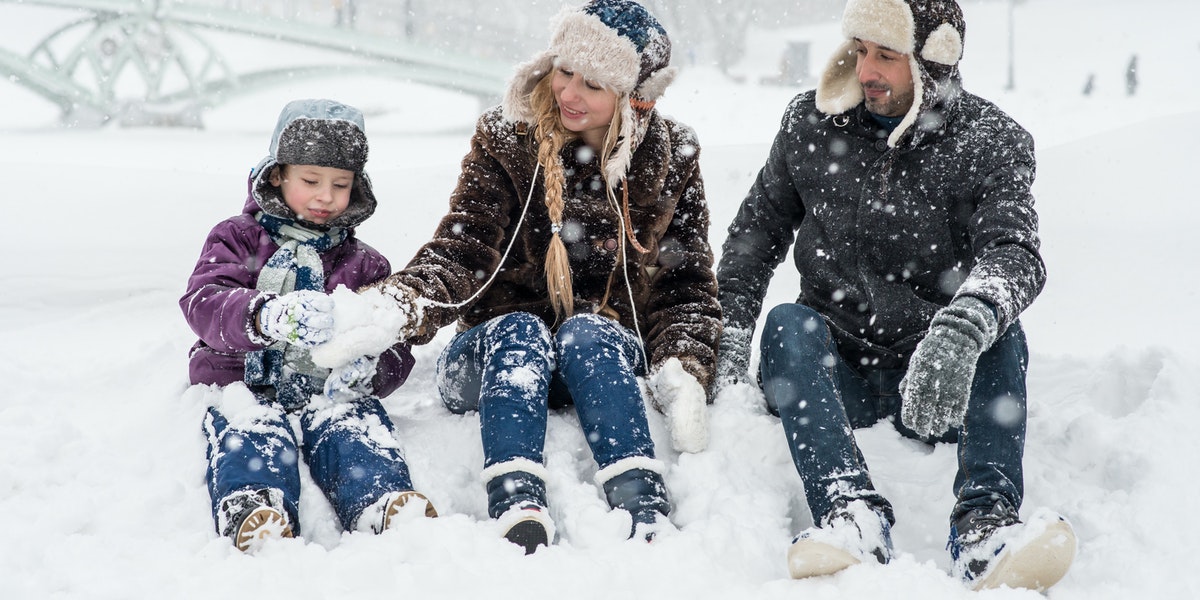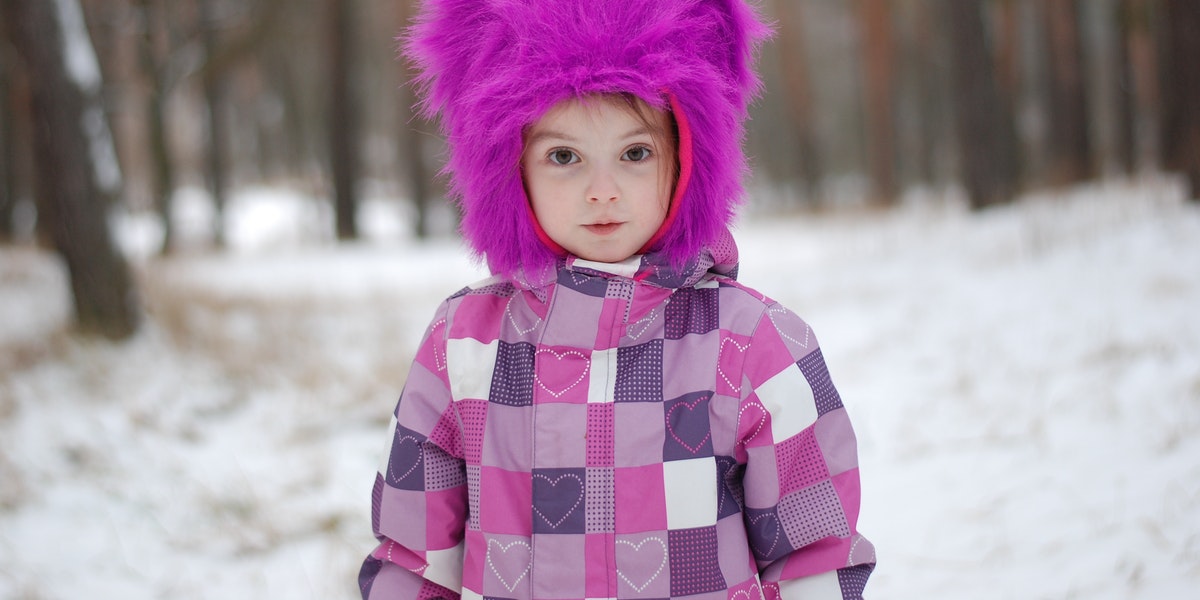Winter Safety for Medically Complex Children. It’s hard being cooped up all winter long, especially when you have a full household of children looking to get some fresh air! The good news is that your family can play safely outdoors in the winter by following a few simple tips. This is especially important if you have a medically-complex child. They, too, need fresh air and a change of scenery.
Spending time outdoors can also strengthen bonds with siblings. Your child can watch their siblings build snow forts or participate in making snow angels. Just a few minutes outside can refresh everyone’s moods! Follow up some outdoor time with a hot cup of cocoa and a movie.
Because it can be difficult to get everyone properly dressed and outdoors in a reasonable amount of time, talk to your in-home pediatric nurse about working this outdoor time into your child’s schedule. They can assist with getting your child ready for outdoor play.
Below is a complete guide for Winter Safety for families of medically-complex children.
Assess the Outdoor Temperature
First, pay attention to the weather outside. This will determine how long you can stay outdoors and how cautious you need to be.
- The safest temperatures to play outdoors are 30 degrees F or higher. Kids can play outside for as long as they are comfortable. Make sure they are properly dressed and watch for signs of being chilled (the hands and feet are the best places to check).
- Playing in temperatures between 20 and 30 degrees should be monitored closely. You’ll probably want to limit time outdoors to 10-15 minutes. It’s much easier to become chilled in these temps.
- Temperatures below 20 degrees are not safe for outdoor play. Plus, the wind chill factor can cause the outdoor temperature to be much colder.
Keep in mind that medically-fragile children may not be moving around as much as their siblings and may start to feel cold and uncomfortable rather quickly. Their siblings may feel fine because they’re moving around and generating enough heat to keep them feeling warm (even though this is an illusion). Make sure you or their pediatric nurse practitioner is checking in frequently.
Bundle Up Properly
When you know what the temperature is, you can bundle up your children appropriately. Here are some tips to ensure everyone in the family has the proper gear for winter safety.
- Dress in layers. Babies and young children need an extra layer compared to adults. Keep the body warm with hats, mittens, scarves, socks, boots and a coat or snowsuit.
- Bring extra clothing. Because the winter can get wet and sloppy, be sure to bring along an extra pair of clothing if you’ll be away from the home.
- Beware of clothing hazards. Scarves and hood strings can strangle young children. For a young child, it’s probably best to choose a different type of clothing to keep them warm. Older children should still be monitored.

Winter Safety Tips for your Medically-Complex Children.
Take Frequent Breaks
Take regular breaks, even if the temperatures are 30 degrees or above. Depending on your child’s limitations, they may have a difficult time communicating with you or recognizing that their body is getting cold. Work with your pediatric home care nurse to schedule in frequent breaks that allow your child to regulate their body temperature and hydrate with water.
Apply Sunscreen
Yes, it’s possible to get sunburn even in the winter! Not only is the sun still out and shining, but also it reflects off the snow. Any areas that are exposed on your child (neck, cheeks, lips) should have sunscreen on them.
Stay Hydrated
In dry, winter air, kids lose more water through their breath. To keep them hydrated and avoid an uncomfortable dry mouth and tongue, offer them plenty of water, soup, broth, 100% fruit juice and other warm drinks.
Watch for Signs of Hypothermia
Be aware of the signs of hypothermia (dangerous drop in body temperature). Most cases of hypothermia occur in air temperatures between 30 and 50 degrees, especially when it’s windy. So it doesn’t need to be brutally cold to suffer from this potentially fatal condition.
Signs of hypothermia in older children are:
- Shivering
- Exhaustion
- Confusion
- Drowsiness
- Slurred speech
In babies, the symptoms are:
- Bright red, cold skin
- Low energy
If you notice any of these signs, move your child into a warm room right away and call for medical help. Hypothermia is a medical emergency. Additionally, keep in mind that frostbite can more easily occur in children with low blood circulation. If your child struggles with this, keep an eye out for white or grayish-yellow skin and numbness.
Don’t Go it Alone
Medically-fragile children deserve outdoor time just like anyone else their age, but there’s no question that it’s more difficult to make this happen. Between feedings, medical care and therapy, bundling up your child to go outdoors may seem like too much. But this time outdoors can be physically and mentally rewarding for your child.
Not only can your child get fresh air, a change of pace and some bonding time with their siblings, but also they can work on their own abilities as well. Also talk to your pediatric home health nurse about adding adaptive equipment to your backyard so that your child can participate in more activities. Focus on their abilities and not their disabilities.
Contact Us for In Home Health Care for Children
The winter months present unique challenges for families with medically-complex children, but there are still plenty of ways to get outdoors for some much-needed family time. Continuum Pediatric Nursing assists families year-round to ensure their needs are met. We can help you get the proper equipment to make your child’s outdoor time as enjoyable and safe as possible. Contact us today to learn more about our home health care for medically complex children.
